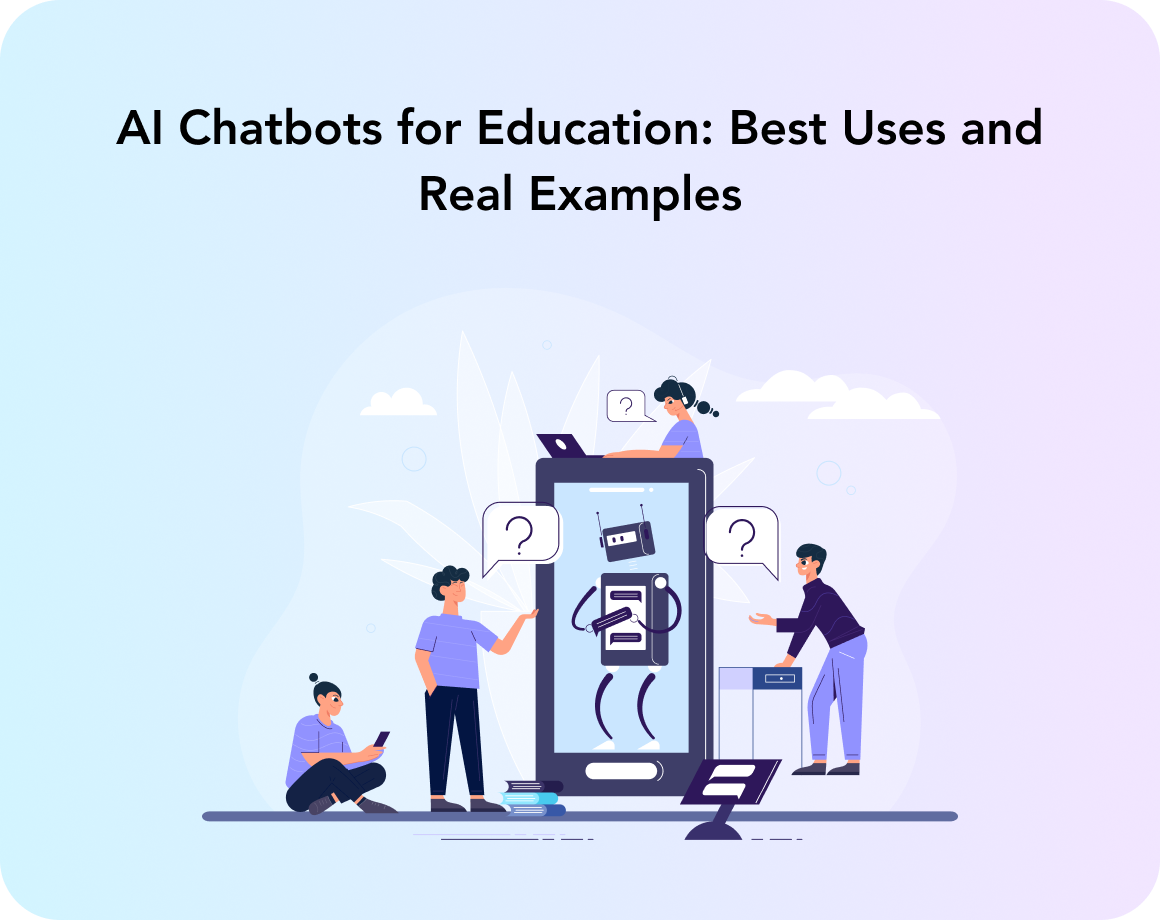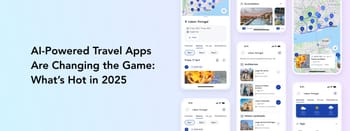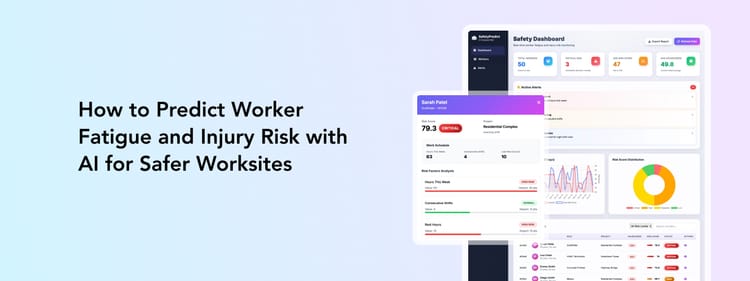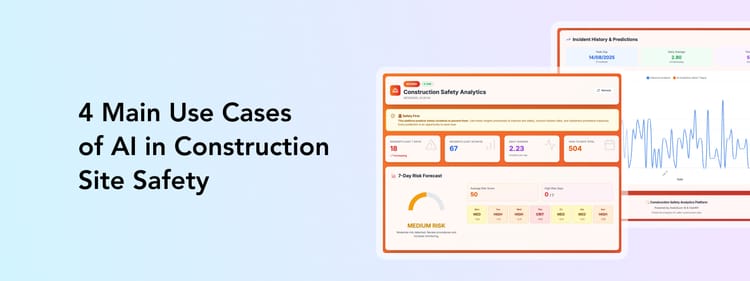The times of boring “choose the correct tense” exercises are long over.
Students, especially younger ones, easily lose interest in repetitive and unstimulating learning environments. That’s why many schools, platforms, and online courses are shifting to interactive and engaging formats.
AI chatbots are one of the best online tools for on hand support for students who have questions or need tutoring. They offer constant support and motivation, personalized tasks, and easy access to revision materials.
Let’s take a look at the real use cases of AI chatbots in education, with examples of how they’re already making an impact.
Student Motivation and Engagement
AI chatbots can support student motivation and engagement. Think personalized feedback on quizes, a pat on the back when needed, kind reminders about upcoming exams, or a gentle push to submit the paper.
Multiple studies show positive effects of AI chatbots on student motivation.
A review of 43 studies on chatbot-supported learning measured motivation through variables like engagement, interest, intrinsic motivation, self-efficacy, satisfaction, and perceived value. Student engagement was the most frequently assessed factor, as it closely links to motivation and helps maintain students’ focus on learning tasks.
Overall, interactions with chatbots were positively correlated with increased student motivation. Chatbots generally outperformed non-chatbot conditions in fostering student motivation. However, interventions involving human feedback or pedagogical approaches were found to be more effective, indicating that chatbots are most beneficial when integrated into a broader educational framework
Research also highlighted that chatbots support students’ basic psychological needs: autonomy, competence, and relatedness. For example, some studies found that students felt more confident and satisfied when chatbots provided personalized feedback and created an enjoyable learning atmosphere.
One recent quasi-experiment studied 73 college students learning English writing and found that chatbot-based learning significantly increased their motivation.
The chatbot provided detailed and comprehensive feedback that helped students identify strengths and weaknesses more clearly than traditional instruction alone.
In real-world applications, Georgia Tech’s Jill Watson chatbot offers timely answers and support to students in large online courses, which helps students feel more supported and motivated.
Another example is Duolingo’s chatbots, which simulate conversations and encourage daily practice, helping users stay engaged and improve language skills over time.
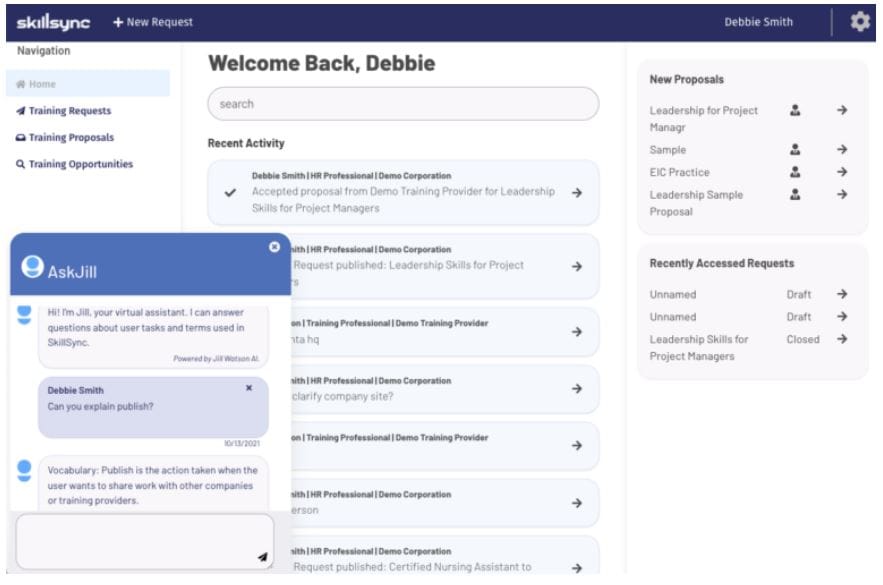
AI Tutoring for Better Learning Outcomes
AI tutoring systems explain concepts, answer questions, and offer quizzes to help students understand material better and stay motivated throughout their learning.
For example, Rori is an AI-powered conversational chatbot designed to tutor students in math through WhatsApp, making it accessible on basic mobile phones and low-bandwidth networks common in low- and middle-income countries.
The study evaluated Rori’s impact on nearly 1,000 students in grades 3 to 9 across 11 schools in Ghana over an 8-month period. Students in the treatment group used Rori for two 30-minute sessions each week alongside their regular math classes, while the control group continued with standard instruction only.
The results showed a significant improvement in math learning for the treatment group, with an effect size of 0.37 (a moderate impact), and the findings were statistically significant (p < 0.001). This suggests that Rori helped students grow their math skills faster than peers without access to the chatbot.
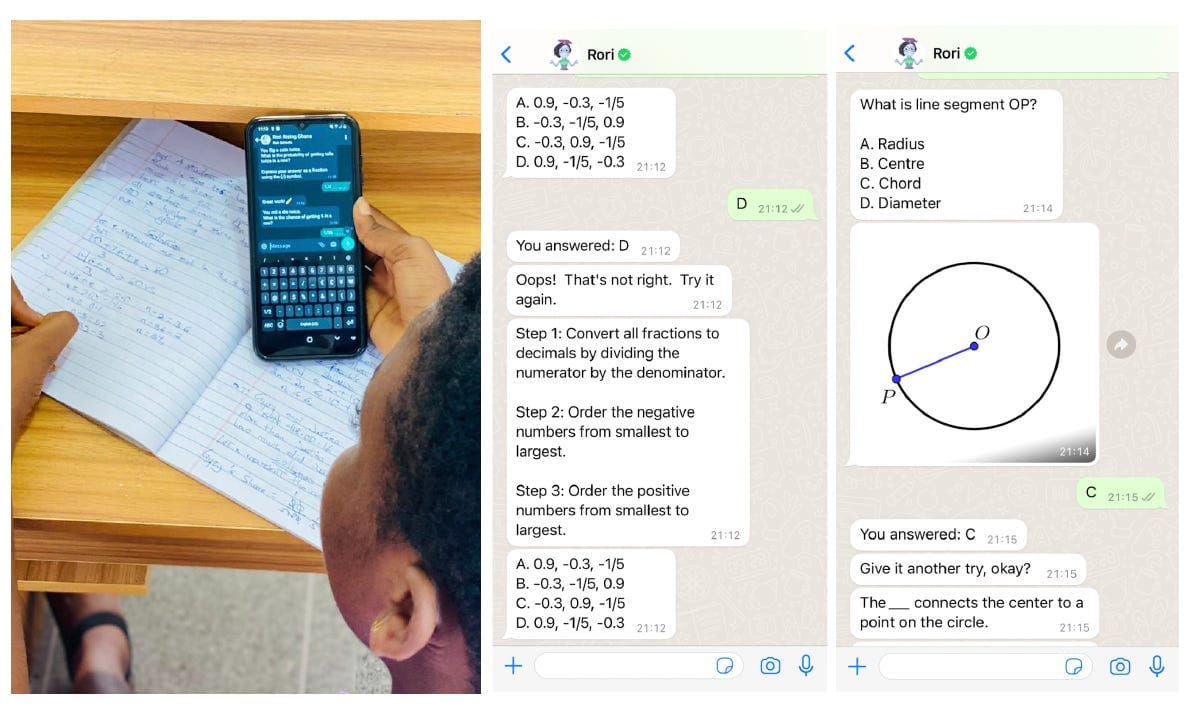
Similarly, a case study from a Queensland secondary school involved a custom AI chatbot designed to give immediate feedback on Year 12 General English student drafts. Developed collaboratively by a teacher and technical expert, the chatbot’s responses matched about 80% of a teacher’s typical feedback.
When tested with 21 students, the intervention resulted in an 81% improvement in grades between assessments and a nearly 48% increase in projected final scores.
The most valuable benefit was the chatbot’s instant feedback, which reduced waiting time from a week to seconds, giving students more time and motivation to revise their work.
Making Paperwork Clear for Students
Studying isn’t only about lectures, homework, and exams. There’s also a constant flow of administrative tasks that every student has to manage, no matter if they’re enrolled in an online course or attending a traditional university.
These tasks include registering for classes, uploading documents, applying for financial aid, checking exam schedules, and making tuition payments.
While these processes are necessary, they can often feel confusing or overwhelming, especially for students who are new to the system or juggling work and family responsibilities alongside their studies.
And that’s where an AI chatbot can help.
Georgia State University has built a support system that combines predictive analytics with an AI-powered chatbot to guide students through the administrative side of university life.
The chatbot, called Pounce, answers student questions via text message. Students can ask anything from “How do I submit my immunization records?” to “When is the last day to drop a course?” The system can instantly respond to most of these queries or escalate them to an advisor when needed. Because it’s available 24/7, students often reach out during non-traditional hours, like late at night, when offices are closed.
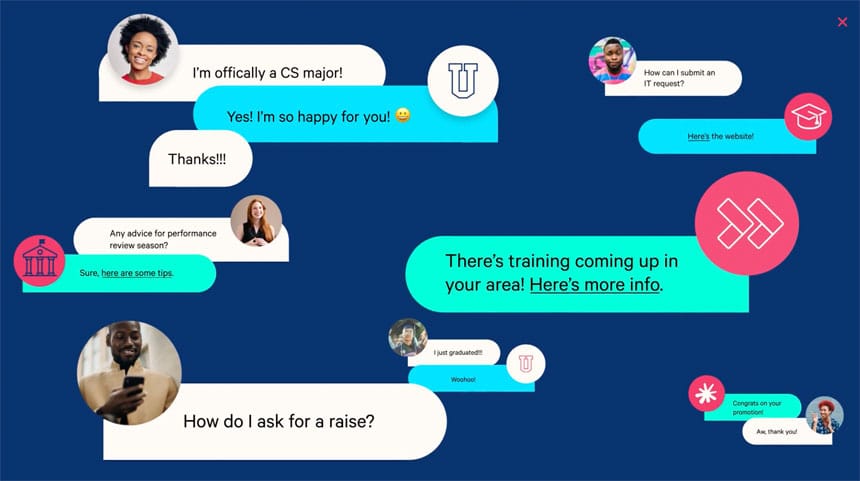
But answering questions is just one part. The university also uses AI to monitor academic data in real time. By analyzing over 10 years of student records, the system identified 800 potential risk factors that can signal when a student may be struggling or close to dropping out. If certain patterns emerge, like a sudden drop in attendance or a low exam score, the system flags the student, and an advisor steps in with targeted support.
Since introducing this system, Georgia State has seen major improvements. Graduation rates have climbed significantly, especially among low-income, first-generation, and minority students.
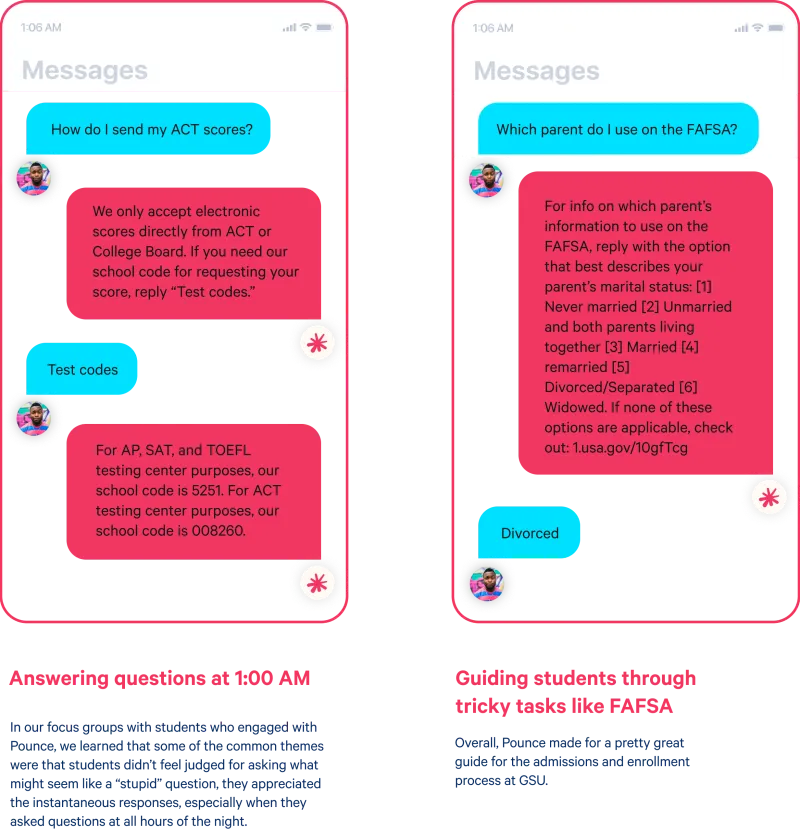
Georgia State University has significantly narrowed the graduation gap between white, affluent students and those from underrepresented backgrounds. Over the past 15 years, its overall 6-year graduation rate has increased by 23 percentage points, reaching 54%.
Personalized Learning
No two learners are the same, and today’s students expect their learning experience to reflect that. AI makes it possible to tailor lessons based on learners’ goals, progress, and preferred formats. Whether it’s grammar quizzes, vocabulary challenges, or real-life conversation practice, educational apps now adapt in real time.
Foreign language learning is one of the best examples. These apps go beyond flashcards to offer each user a customized journey.
Duolingo uses AI to adjust exercises depending on how a student performs, and its GPT‑4‑powered features like "Explain My Answer" and "Roleplay" add extra layers of support.
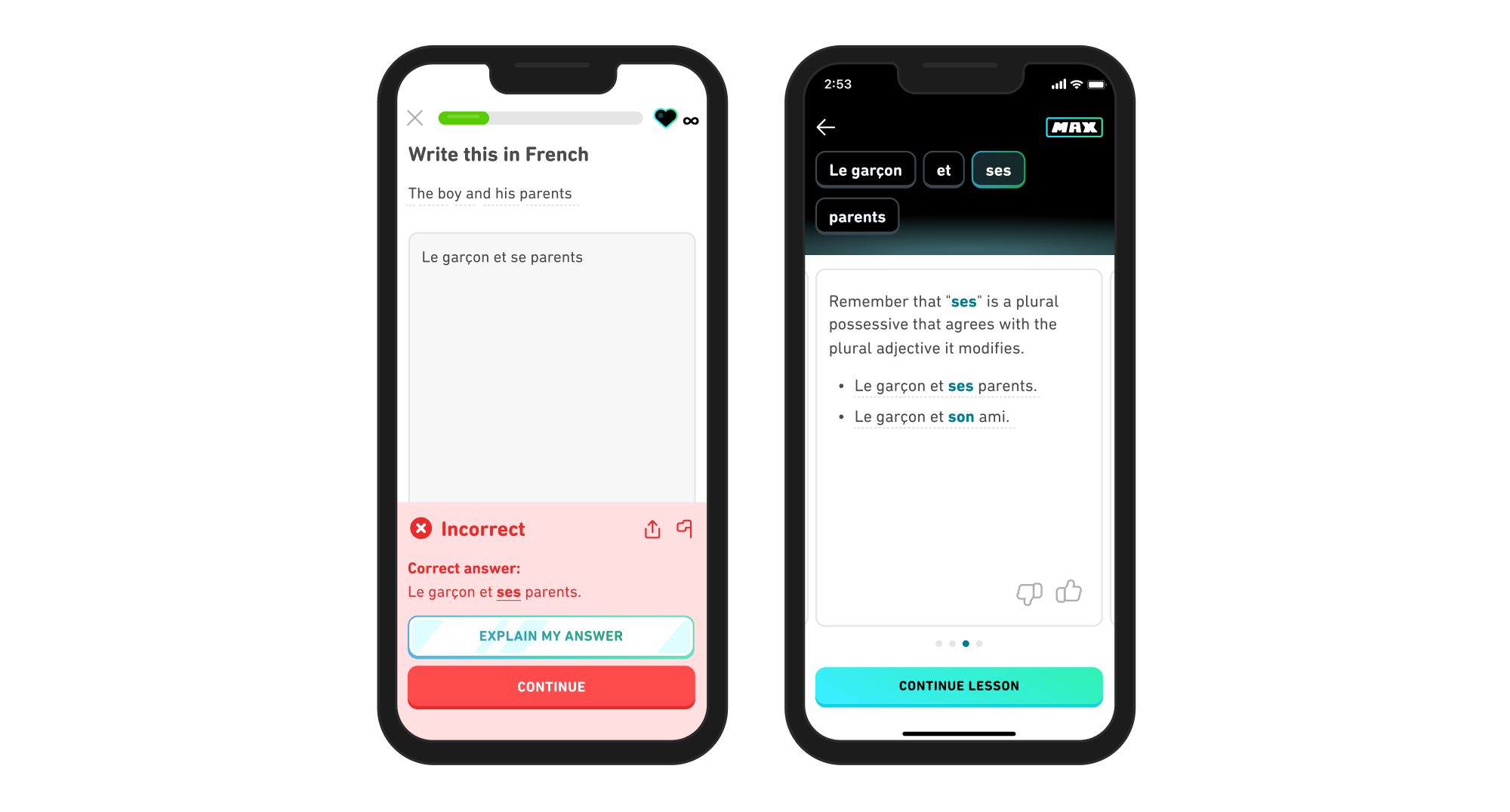
Memrise includes an AI language partner that engages in dynamic conversations based on the learner’s input.
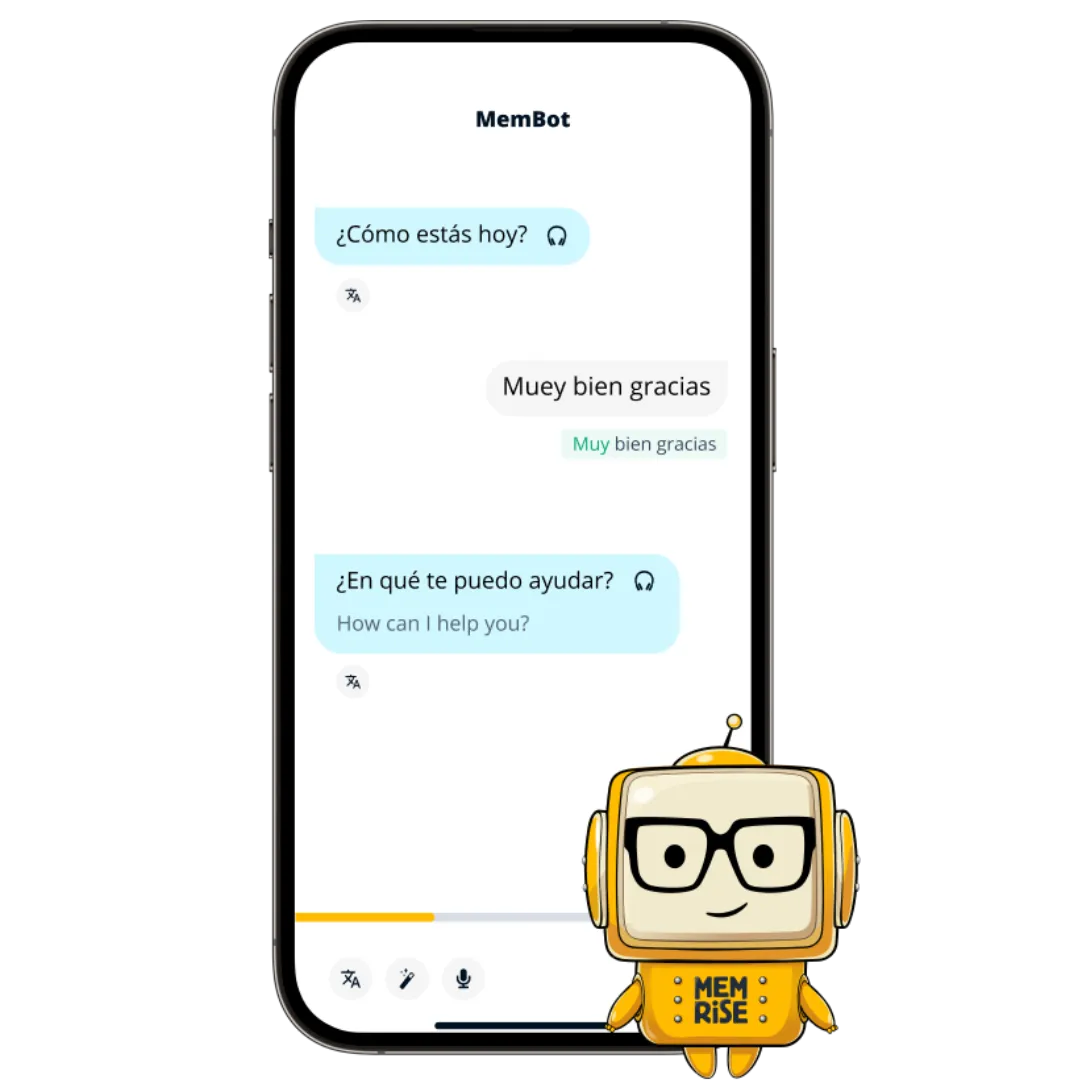
FluentU brings in real-world video clips, like music videos and interviews. while adjusting the lessons to what the student already knows.
And platforms like Busuu or Lingopie mix interactive media with smart quizzes that focus on weak spots.
Turning Learning Into Interactive Experience
Some students lose focus when learning feels passive. Reading long texts or watching videos isn’t always enough to stay engaged.
AI chatbots can make learning more active. They ask follow-up questions, prompt reflection, and guide students through short tasks based on what they’re studying.
The Smart Sender platform, used in English language classes, included gamified chatbot-driven sessions with automated prompts and feedback. A study found that students in these classes showed significantly higher motivation, engagement, and reading proficiency than a control group in traditional Zoom sessions. Scores improved by over 10% in the experimental group compared to the control one.
Another example of interactive learning with chatbots is Socratic by Google: an AI-powered app designed to help students engage actively with their schoolwork. Instead of just providing answers, Socratic lets students scan homework questions or type their problems, then breaks down solutions step-by-step using AI. The app offers personalized explanations, videos, and curated resources, encouraging students to explore and understand the material deeply.
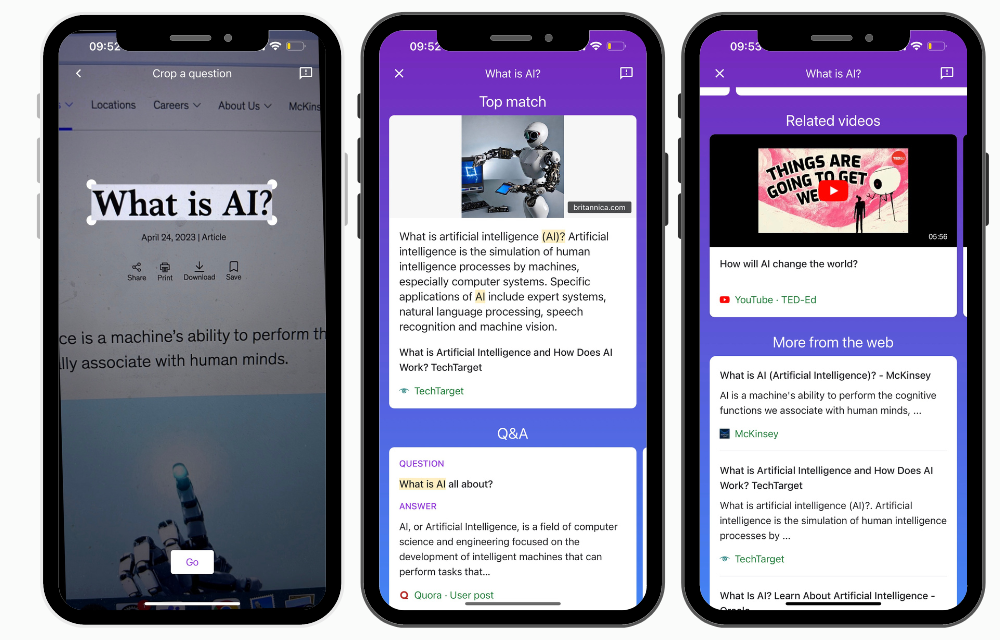
Giving Instructions on Request
AI chatbots offer help exactly when students need it. They respond to specific requests with clear, step-by-step guidance. This makes learning feel easier and more supportive.
Khan Academy’s Khanmigo is a great example of this kind of support in action. Khan Academy’s Khanmigo is built on GPT-4, OpenAI’s advanced language model. When a student types in a problem or question, Khanmigo responds with guided steps rather than instant answers. The learner gets prompts to think, hints to consider, and help to reach the solution themselves.
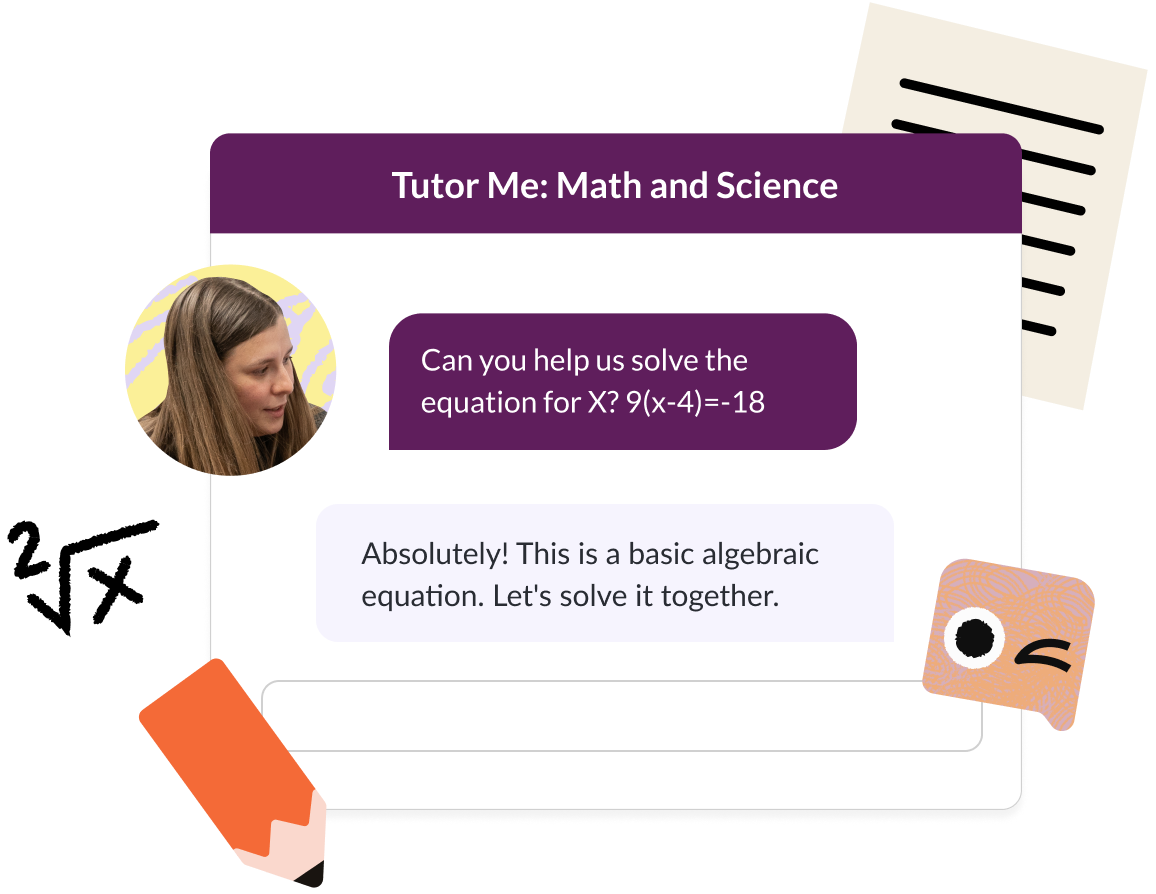
Khanmigo also supports differentiated instruction. For example, when adapting a grammar lesson for English learners and advanced students, it generated multiple versions of the same lesson plan, each tailored to different proficiency levels. Teachers found this saves planning time while giving students exactly the guidance they need.
In practice, Khanmigo is responsive. It listens to the student’s question, offers prompts like “What happens if you try a different formula?” or “Can you break that sentence down?” Then it waits for the student’s next move. This back-and-forth helps learners build confidence while feeling guided.
Consider Perpetio Your Trusted Partner
Education tech is one of our specialties. For example, we’ve built an e-learning platform that offer personalized course suggestions so learners can find what fits them best.
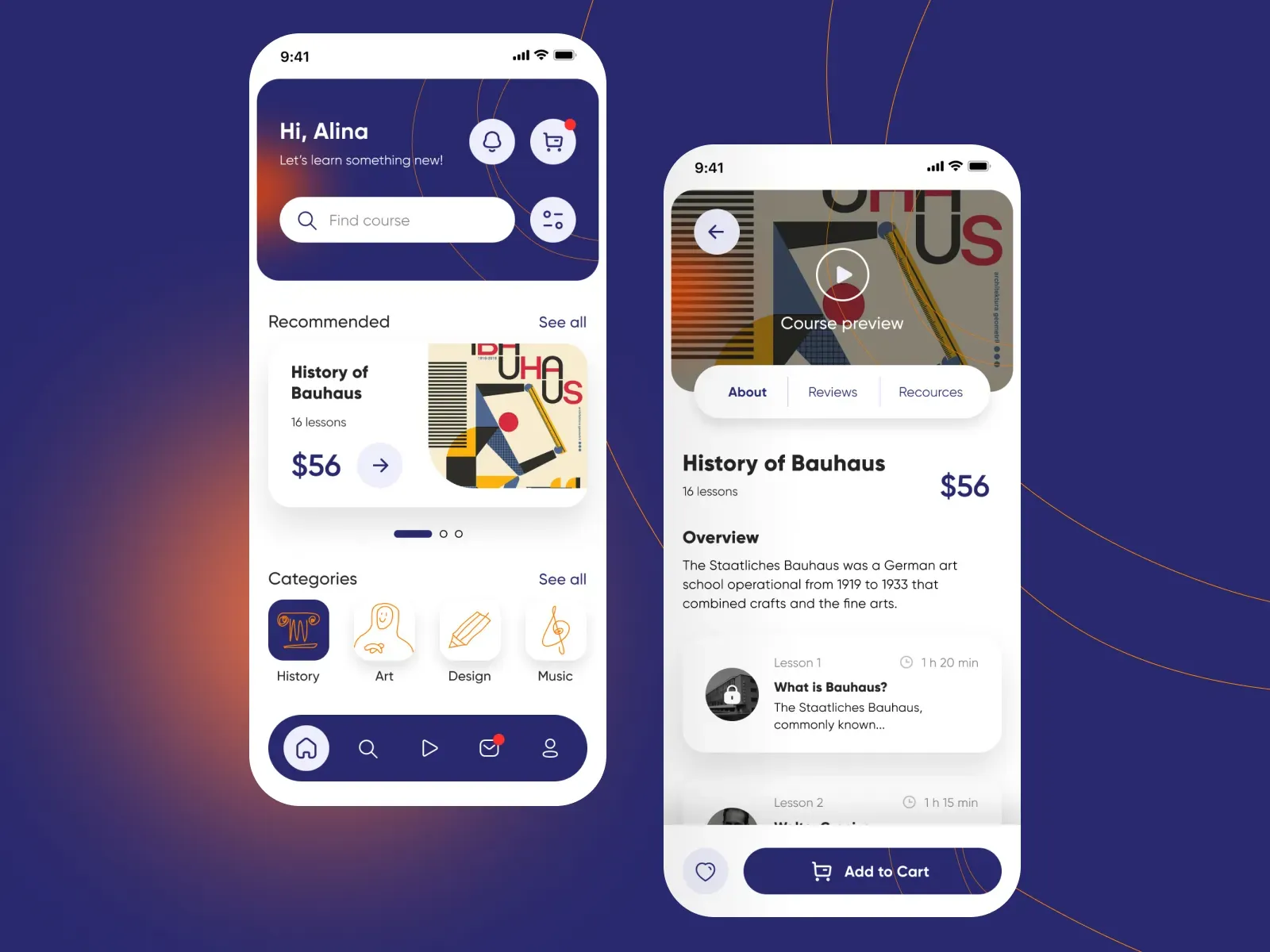
We’ve helped businesses add AI to their apps or create AI-powered educational apps from scratch. You might have noticed that many chatbots we mentioned are based on GPT large language models. By fine-tuning these models, you can make them tutor specific subjects and support students better.
We’ve fine-tuned LLMs for several industies and our internal products, like a travel itinerary generator. Our team is ready to help you bring this technology to your product.
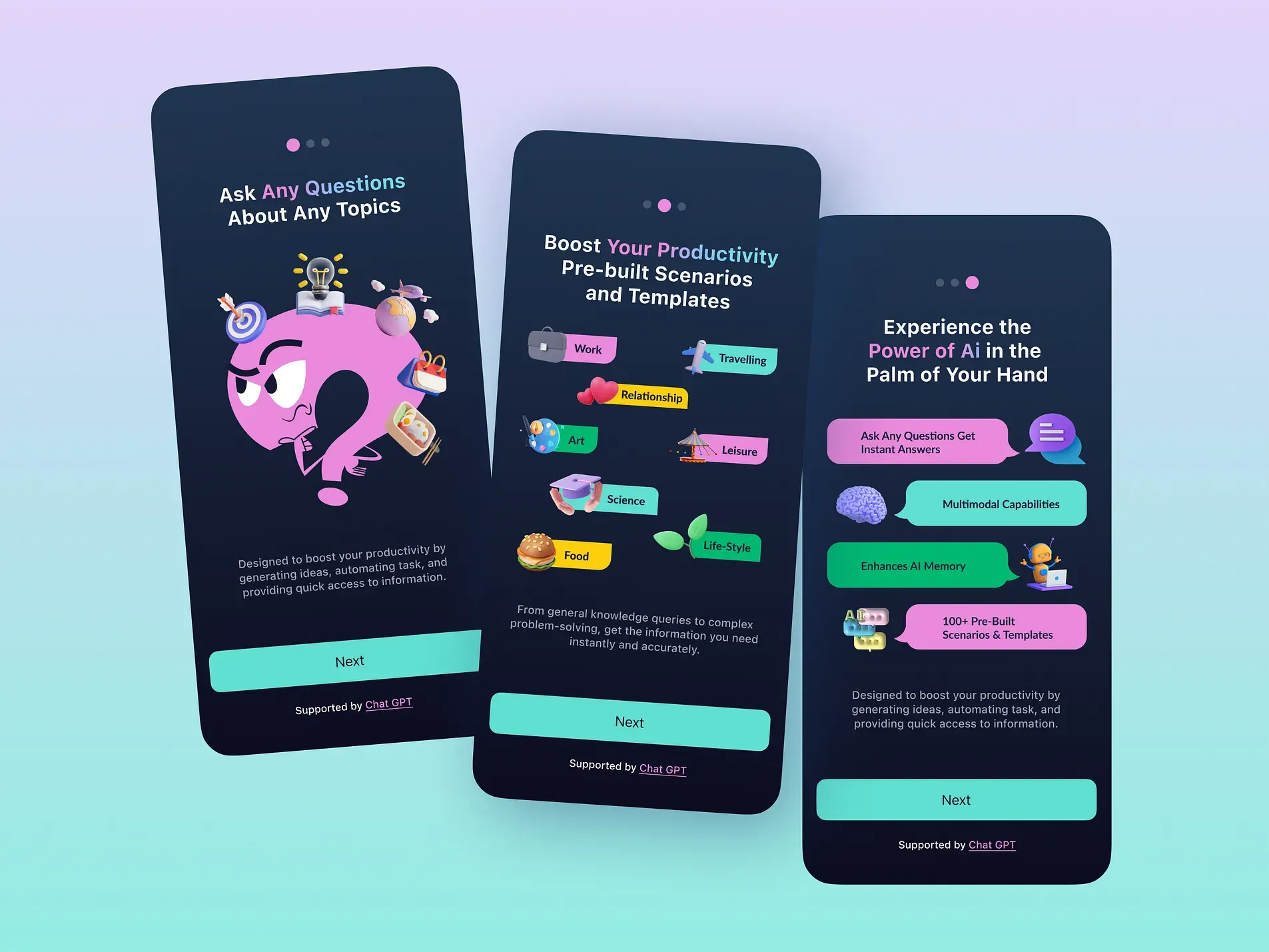
If you want to see how AI can improve your education app, we offer free consultations to find the best fit for you. Contact us at contact@perpet.io to get started.
